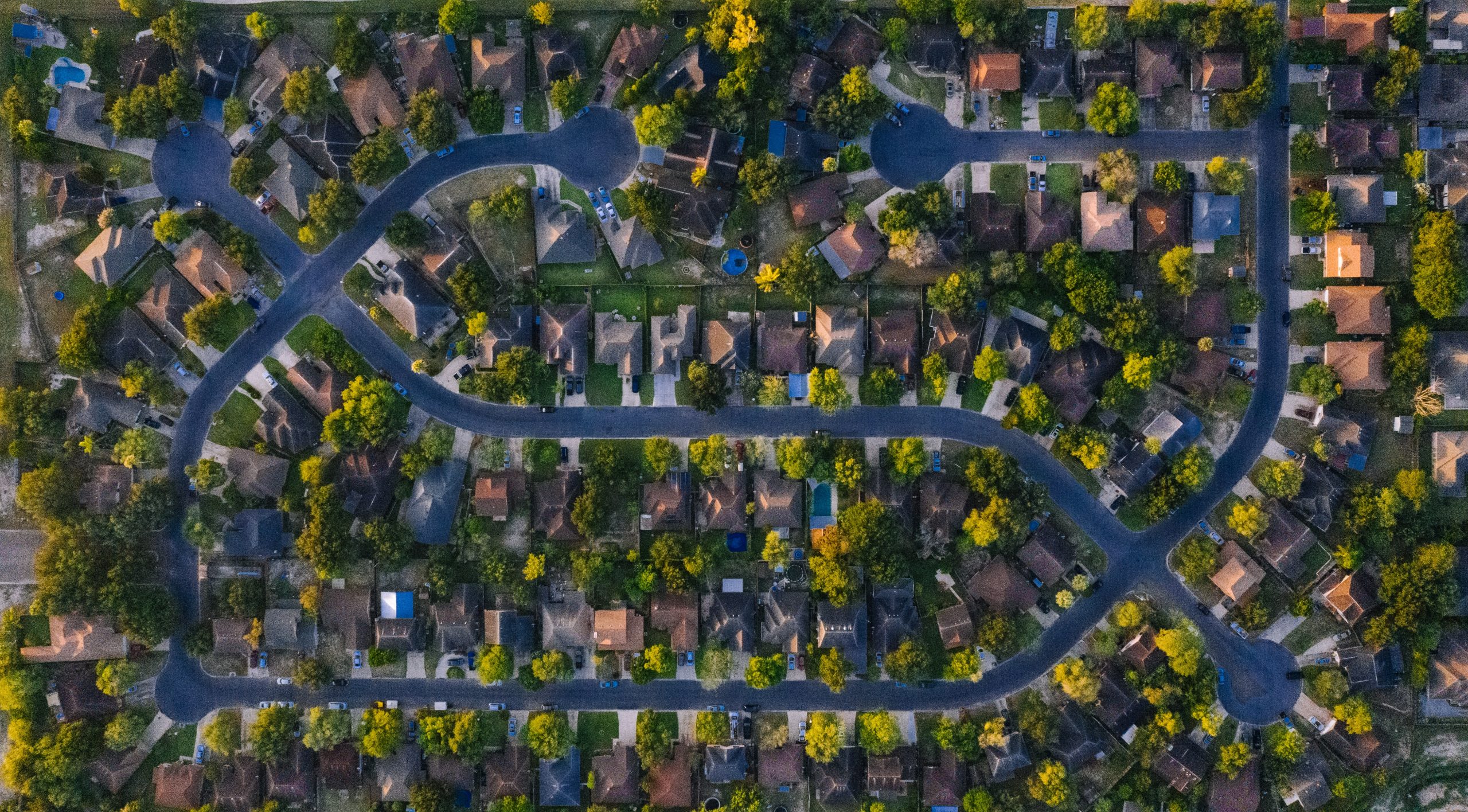Bridging the Gap: Designing Infrastructure in Multicultural Urban Centers
In today's globalized world, cities are becoming melting pots of cultures, religions, languages, and traditions. As the urban fabric becomes more diverse, it's paramount that the infrastructure in these cities reflects and accommodates this multiculturalism. From transportation hubs that cater to various festivals to public spaces that consider diverse community needs, designing inclusive infrastructure is both a challenge and a necessity.

Understanding Multicultural Infrastructure Needs
Multicultural urban centers are characterized by a rich tapestry of beliefs, traditions, and practices. The very essence of these centers is rooted in diversity. Infrastructure should not just be a matter of constructing roads, bridges, or buildings but should also involve creating spaces where every community feels represented and respected.
- Public Spaces: Multicultural cities require public spaces that can cater to various community events, celebrations, and rituals. From Diwali to Christmas, Hanukkah to Eid, the infrastructure should be flexible and inclusive.
- Transportation: Considerations should be made for transportation systems during significant cultural or religious events when there's a surge in commuters traveling to specific parts of the city.
- Cultural Centers: Designing spaces or hubs where communities can celebrate, learn, and share their culture with others is crucial.

Challenges in Designing for Diversity
- Inclusivity vs. Assimilation: The fine line between creating a space that caters to all without promoting a single dominant culture can be challenging. It's about integration, not assimilation.
- Budget Constraints: Diverse designs might require specialized materials or structures, leading to increased costs.
- Conflicting Needs: Different communities might have opposing requirements. Balancing these conflicting needs requires comprehensive community consultations.
Case Studies: Celebrating Multiculturalism through Infrastructure
Toronto, Canada: Toronto's diversity is reflected in its public spaces, like Nathan Phillips Square, which hosts events from various communities throughout the year. The city's transportation system also caters to large multicultural festivals, adjusting services accordingly.
Melbourne, Australia: The city's Queen Victoria Market is more than just a market. It's a place where cultures come together, offering products and foods from around the world, making it a cultural hub and not just a commercial one.

Community Participation: The Key to Success
For infrastructure to be genuinely inclusive, it should involve input from the very communities it aims to serve. Conducting community consultations, workshops, and even collaborative design sessions can provide insights into the specific needs and preferences of different cultural groups.
The Road Ahead
As our cities grow more diverse, the infrastructure must evolve to mirror this multiculturalism. It's not just about physical structures but about fostering unity, understanding, and mutual respect. It's about bridging gaps, both literal and metaphorical. Civil engineers, urban planners, and architects have the power and responsibility to shape our urban landscapes in ways that celebrate diversity, and in doing so, they don't just build cities—they build communities.
